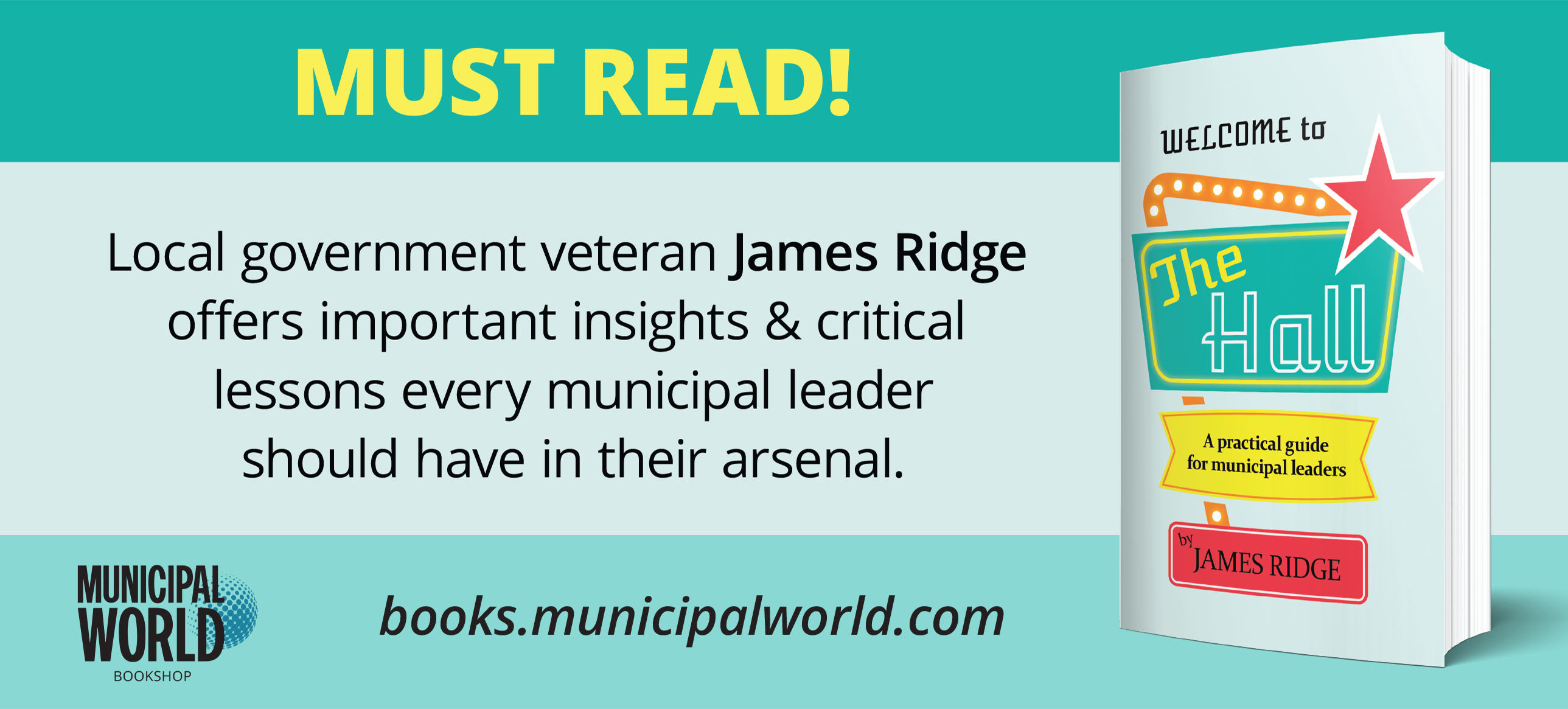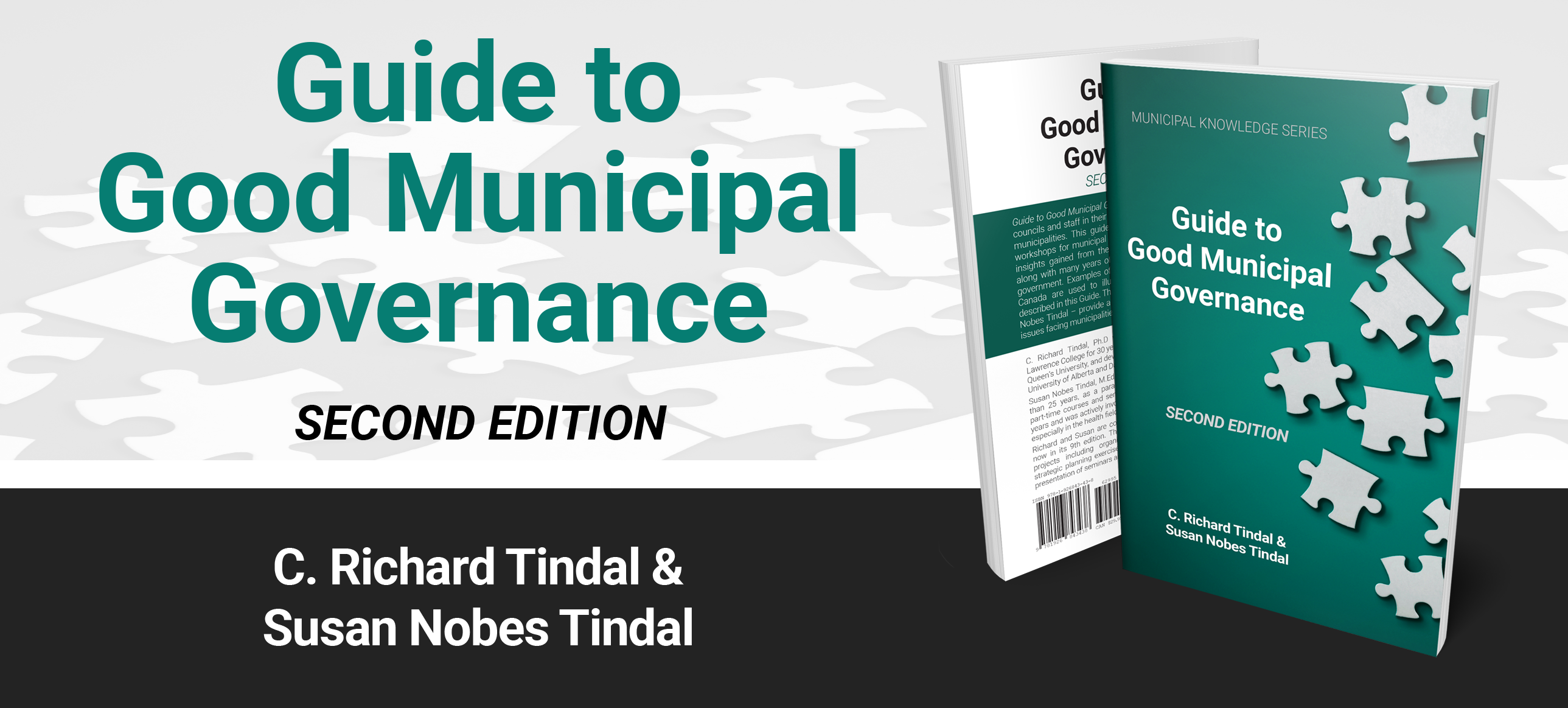Parametric solutions for emergency funding

Sponsored by AON
The economic impact of a natural disaster often goes far beyond property loss and business interruption. Struggling communities require a fast source of emergency funding for many urgent needs, some which may not be covered by traditional insurance.
The economic impact of the 2016 wildfires in Fort McMurray are estimated to be as high as $10 billion, of which less than $4 billion was insured. This $6 billion protection gap highlights why public entities must reassess their risk management frameworks and ensure they have the most robust resilience strategies in place for catastrophic losses.
The protection gap includes the needs of employees and residents who often struggle to manage their own situations. Some are unable to get to work or buy needed supplies. The dire need is there. Funding, however, is often lacking. Parametric insurance, with its flexibility and speed of payment, provides a compelling alternative for public entities.
“Once you acknowledge that a significant portion of a loss is not covered by traditional insurance, the question is ‘How do you fund for those uncovered losses?’,” says Cole Mayer, global parametric leader at Aon. “Do you use cash on hand? Do you take on debt? Or can you transfer some of this risk with an alternative tool such as parametric insurance? The optimal answer may be a combination of these tools.”
Addressing Protection Gaps with Parametric Insurance
Traditional indemnity insurance requires a complex loss adjustment process. Parametric insurance delivers capital within days of the event occurring.
As extreme weather events increase in frequency and severity amid our changing climate, the potential for catastrophic impacts grows. Such “grey swan” events threaten the risk resilience of public entities that may not be adequately covered by traditional risk management frameworks. This is a protection gap that could jeopardize the recovery of affected communities in the aftermath.
Speed of payment is critical for communities that require immediate access to capital following an event. Parametric is differentiated by its coverage trigger and pre-agreed payouts. Coverage is triggered by the occurrence of an event as determined by neutral third-party data providers, simplifying the claims process.
With an independent data trigger and pre-agreed amounts, recoveries occur quickly – as soon as days or weeks after an event. This is critical for communities that need immediate access to capital following an event.
Exposing the Missing Link
Coverage can be broad, and a wide array of economic exposures arising directly or indirectly from an event can be insured. As a result, traditionally uninsurable exposures become insurable, with the parametric trigger providing the “missing link.”
Parametric insurance can cover a broader range of economic losses, including non-traditional unforeseeable losses, such as non-damage business interruption, loss of attraction, and loss of ingress/egress.
To learn more about parametric solutions, visit https://www.aon.com/en/capabilities/risk-transfer/parametric-insurance. MW
✯ Municipal World Executive and Essentials Plus Members: You might also be interested in Robin Gregory, Mathieu Bourbonnais, and Robert W. Gray’s article: Wildfires, climate change, and resilience in BC.
Chris Lorne is the national practice leader for Aon’s Public Sector practice and has almost 20 years experience partnering with municipal clients on traditional and alternative risk transfer solutions.
Related resource materials:



